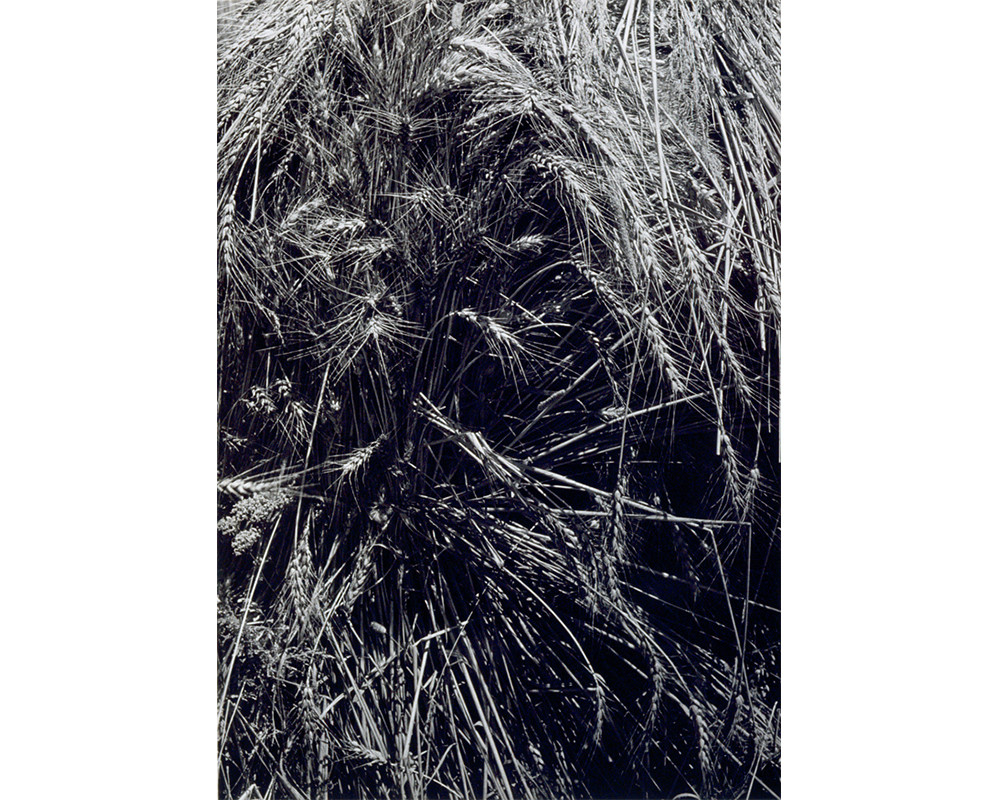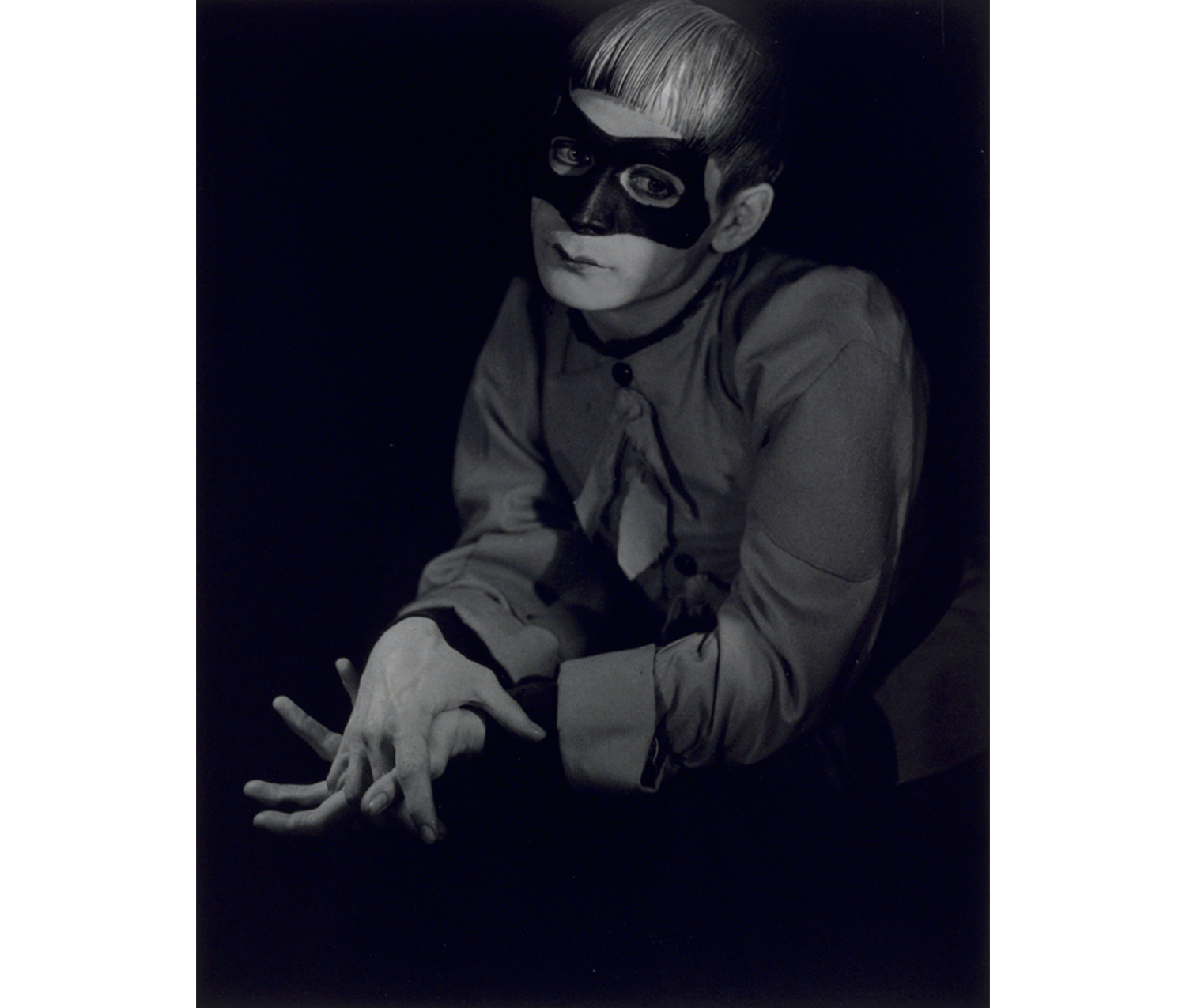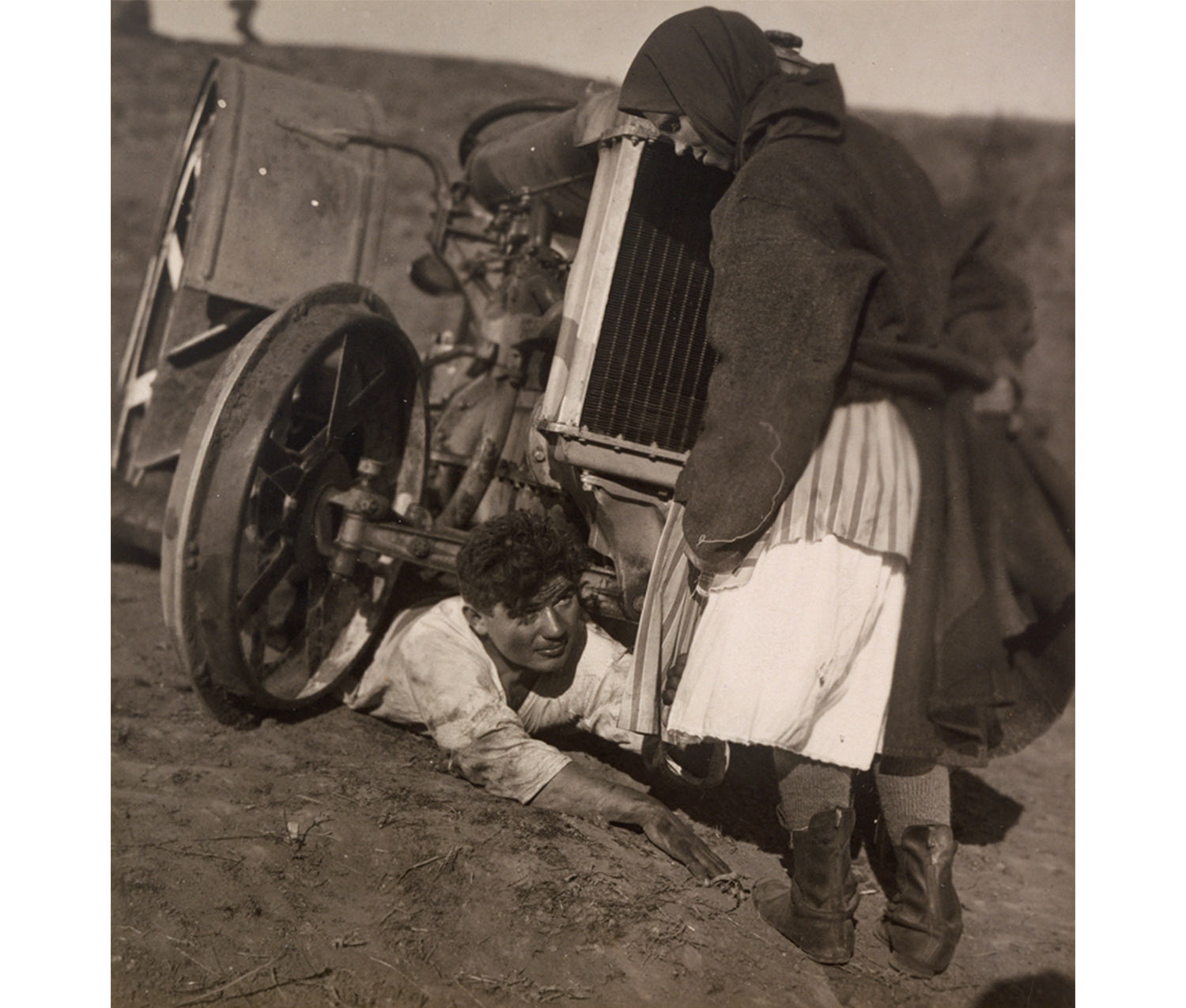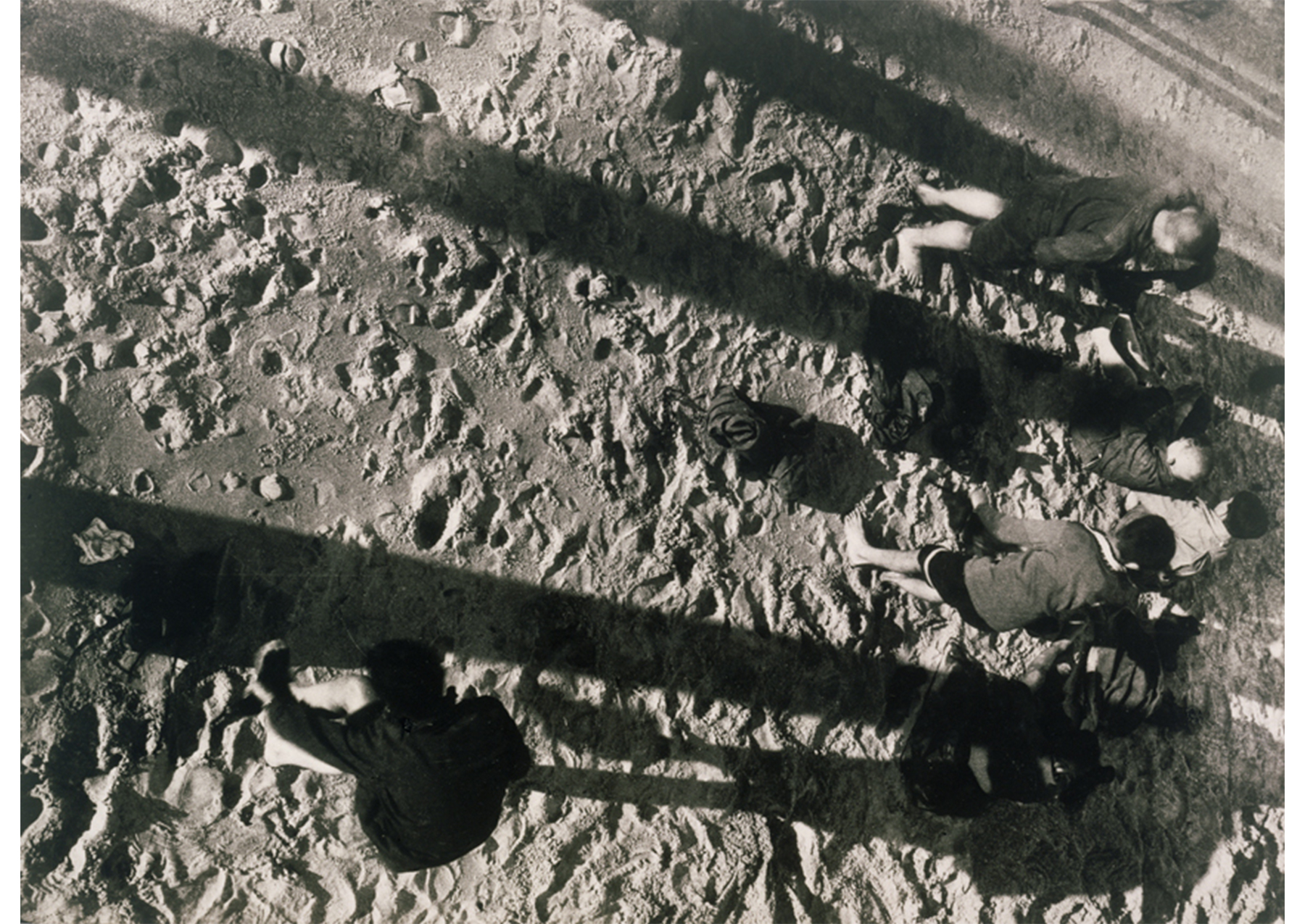
Early Acquisitions of Photography
Aprile Gallant is the Senior Curator of Prints, Drawings, and Photographs at SCMA.
This post is part of a series about the early years of the print, drawing and photograph collection. Early acquisitions of photography are on view in the Works on Paper gallery (2nd floor) until December.
“Fotografie ist Lichtgestaltung.” [Photography is manipulation of light]
—László Moholy‑Nagy, 1895–1946
The Smith College Museum of Art began to acquire photographs in the 1930s under the directorship of Jere Abbott. Abbott was the founding Associate Director of the Museum of Modern Art (MoMA) in New York prior to his tenure at Smith, where he served as the Museum’s second director from 1932 to 1946.
MoMA was one of the first American museums to establish a photography collection, a program Abbott brought with him to SCMA. The current installation (on view on the Works on Paper gallery, 2nd floor) includes early purchases made for the collection as well as gifts from Abbott and others. They show the range of subjects, styles, and approaches typical of early twentieth-century modernist photography, including portraits, abstraction, nudes, still lifes, and film stills.

Paul Cordes. American born Germany, 1893–1979. Portrait of Gene Loring of the Ballet Caravan, ca. 1936. Gelatin silver print mounted on paperboard. Gift of Paul Cordes. Photography by Petegorsky/Gipe. SC 1938.8.10.
Paul Cordes used dramatic lighting and sharp focus to highlight his subjects. Above is a portrait of the dancer Eugene Loring as the title character from his first choreographed ballet, Harlequin for President.
Many early twentieth-century portrait photographers were as concerned with the visual properties of their images as they were with presenting a likeness of the sitter. The light from the left highlights Loring’s face and hands, while his body is enveloped in darkness. His sidelong gaze, accentuated by the black grease paint covering his face, adds to the brooding and melancholy feeling of the image.

Grigorij Aleksandrov. Russian, 1903–1983. Untitled film still from "Old and New," begun as "The General Line," ca. 1929. Gelatin silver print. Gift of Jere Abbott. Photography by Petegorsky/Gipe. SC 1937.1.1.
This image (above) is from a Russian propaganda film written and directed by Grigorij Aleksandrov and Sergei Eisenstein, which concerned the modernization of collective farming in the Soviet Union. Originally filmed as The General Line while Leon Trotsky was still an influential force in the government, the film was released in an edited version, under the title Old and New, after Trotsky was officially purged by Joseph Stalin.
This still captures an important moment in the film in which the heroine offers the fabric from her skirt to help the hero repair the new mechanized tractor.

László Moholy Nagy. American born Hungary, 1895–1946. Shadows on the Sand, ca. 1929. Gelatin silver print. Purchased. Photography by Petegorsky/Gipe. SC 1933.4.6.
Moholy-Nagy was an influential teacher at the Bauhaus, becoming a professor at this school of the fine and applied arts in 1923. His photographs display what he saw as a “new vision.” Above, the artist has used a high perspective, a strong contrast between shadows and light, and an emphasis on the surface textures of sand and cloth to transform a scene of children playing on the beach into an abstract image that transcends narrative.